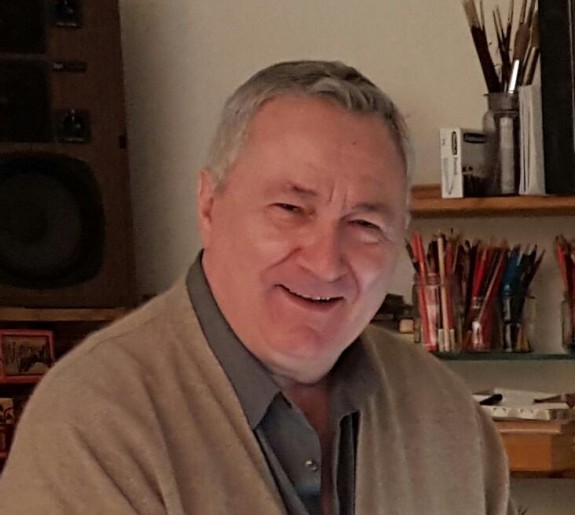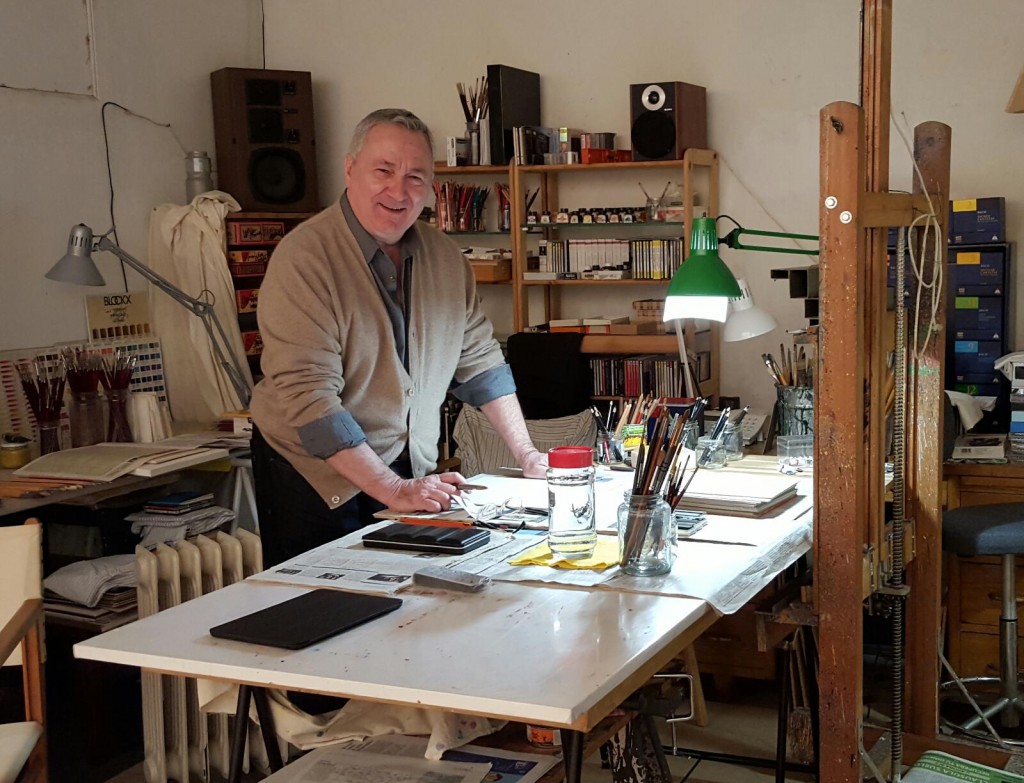Lluís Cots, Barcelona, 1946

Cots is a Catalan self-taught artist who lives and works in Barcelona. His work has steadily evolved from informalism into gestural painting with figurative reminiscences.
He began his career in the early 70s with a work associated with matter painting and influenced by Dubuffet, Wols and Tàpies. From the middle of that decade onwards he progressively engaged in painterly painting on canvas, in a lush colour range, culminating in the exhibition held in 1984 at the Maeght Gallery in Barcelona.
Between 1988 and 1991, black, white and grey determined his work; from 1992 to 1994 he vibrantly expressed his passion in colours. In the works realised from 1995 to late 1998, a dramatic confrontation with figuration emerges: an androgynous character, alone, generally motionless and surrounded by intense colours, evolves into a male-female dialogue, with the addition of one or more figures.
The paintings produced in 1999 strike a balance between two colours, black and yellow, which are mixed and become a sort of green vibration.
In 2000-2001 Cots engaged in “a space redefinition” in order to contextualise a lived experience. The events of September 11th in New York, as well as its tragic military consequences, mark his work. His 2002 paintings, in black and red, show the mood of a knocked individual. He overcomes this negative period in the Ofrena/Offer series (2003) and in the Supervivents/Survivors series (2004-2005), which are both a collective vibrant expression of life.
A period of personal and conceptual internalisation begins in 2006. His personal resources allowed him to survive and meet the artistic challenges of that time. Getting to know these resources better and delving into them was then the main focus of his work, which culminated in the Arbres/Trees series (2006-2009) and in the paintings that make up the Paisatges/Landscapes series, produced between 2010 and 2013.
From 2014 to 2015, Cots externalises the experiences of the last two periods in a vital and expansive way, relying only on the human figure. His intention is not to build an intimate narration, but rather to externalise his inner urges in order to communicate with others.
